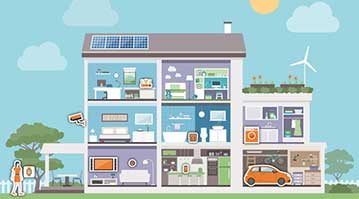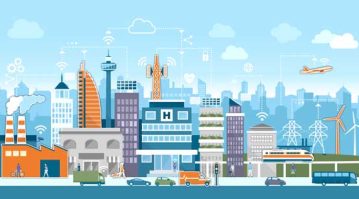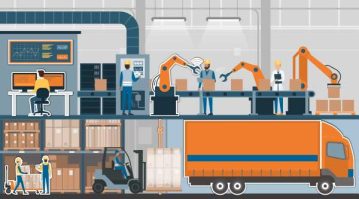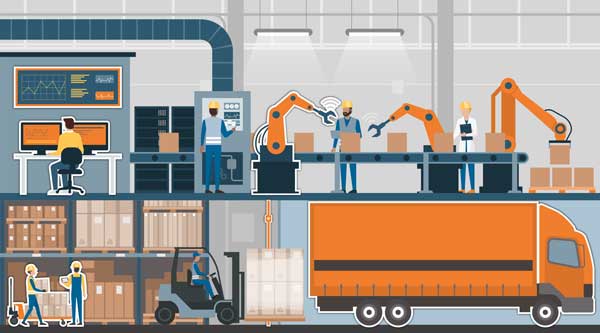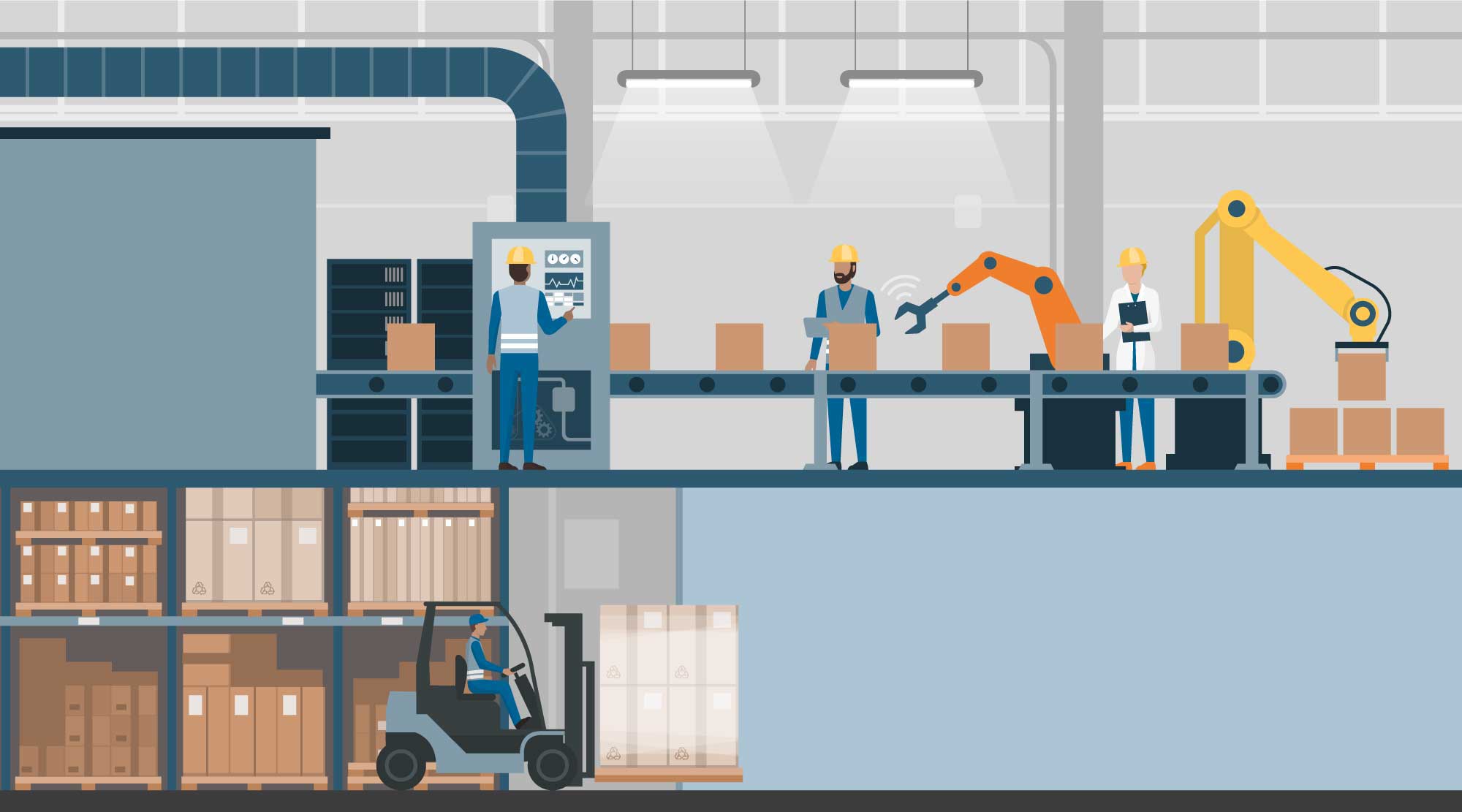Connected Home
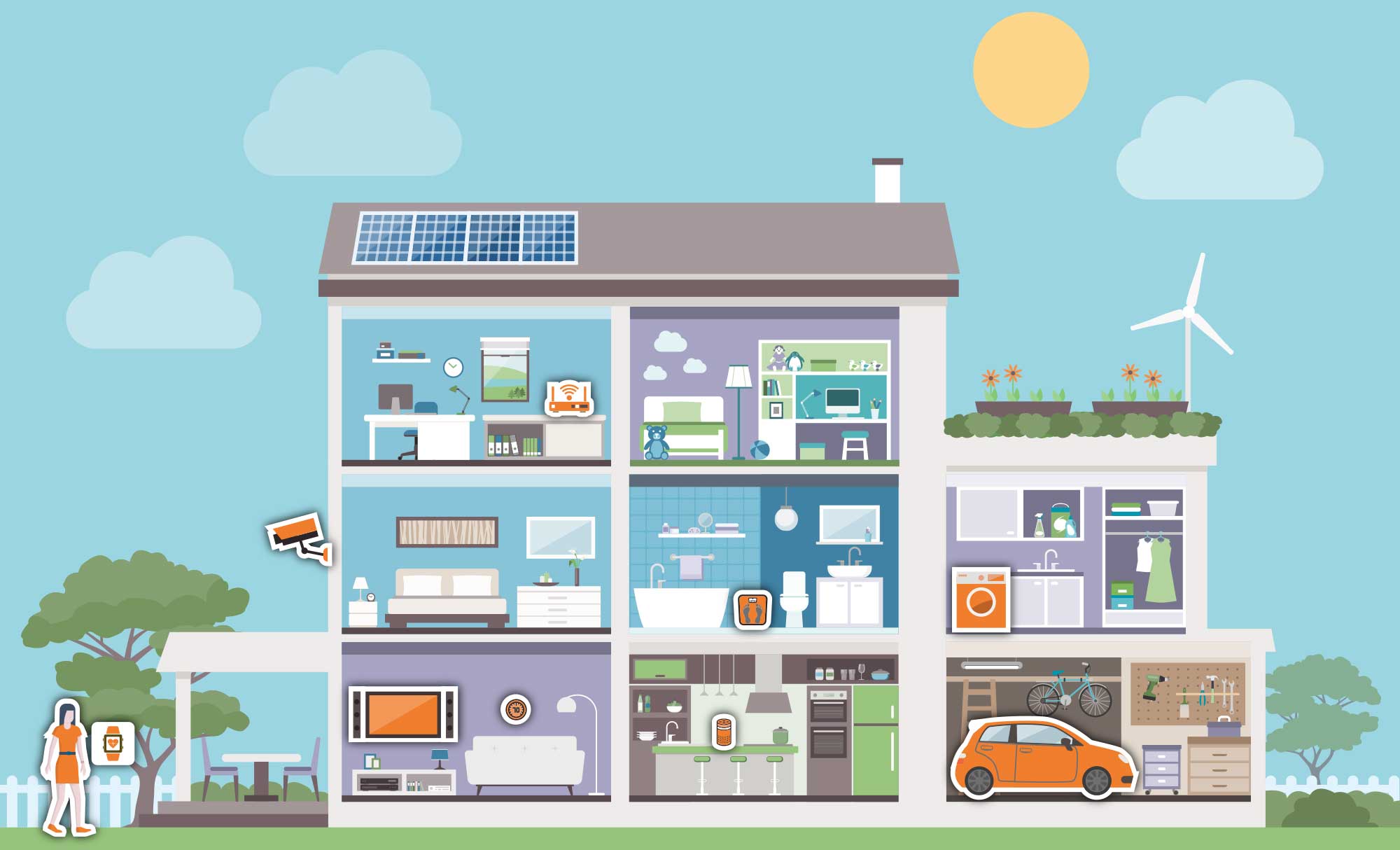
Text Layer
WiFi Signal Boosting
WiFi Extending Technology helps users stay connected in the home regardless of the floorplan. This technology can boost the WiFi signal from the living room to the lawn for streaming outdoor movies or setting a daily water irrigation schedule.


Text Layer
Home Security
View your front porch from a distance and know when packages have been delivered safely. Wireless security cameras can be installed to detect motion and audio outputs to allow homeowners 2-way conversation with visitors.


Text Layer
Smart Thermostats
Smart thermostats learn your heating and cooling preferences while building a schedule around user occupancy. Outdoor thermometers evaluate changing weather conditions and reprogram interior cooling appliances to accommodate for changes which allow for significant reduction in energy consumption.


Text Layer
Smart Scale
Standing on the scale is all about results for individuals trying to maintain a healthy lifestyle. SmartScale technology provides analytical data to map weight loss/gain over time, BMI Levels, and pertinent health information such as body temperature.


Text Layer
Voice Terminals
“Hey Alexa, play me my favorite song.” Voice terminals can act as a smart hub to control all your connected devices. Digital reminders for upcoming appointments, ordering cleaning supplies, and obtaining cooking instructions are all features voice terminals can assist with.


Text Layer
Smart Appliances
Things just got a lot cleaner in the field of home appliances. Users can now connect and monitor their washing machine to schedule cleaning cycles, alert them when cycle is completed and troubleshoot existing alarms without the need of on-site technical assistance.


Text Layer
Autonomous Vehicle Innovations
Electric powered vehicles produce lower emissions and have proven to be an effective method for promoting sustainable living. The next generation of autonomous vehicles will create innovation in the form of ridesharing services, parking optimization, and vehicle diagnostic reports.


Text Layer
SmartWatches
SmartWatches aren’t just a jewelry statement. Users can monitor key body function such as heart rate, daily step count, and receive active alerts when the watch has detected long term inactivity.


Text Layer
Smart TV’s
Cutting the cord is now easier than ever. Users are no longer confined to traditional utilities such as cable to dictate which programs to watch and viewers can now select from an endless range of content via HD streaming.


WiFi Signal Boosting
WiFi Extending Technology helps users stay connected in the home regardless of the floorplan. This technology can boost the WiFi signal from the living room to the lawn for streaming outdoor movies or setting a daily water irrigation schedule.

Smart Thermostats
Smart thermostats learn your heating and cooling preferences while building a schedule around user occupancy. Outdoor thermometers evaluate changing weather conditions and reprogram interior cooling appliances to accommodate for changes which allow for significant reduction in energy consumption.

Home Security
View your front porch from a distance and know when packages have been delivered safely. Wireless security cameras can be installed to detect motion and audio outputs to allow homeowners 2-way conversation with visitors.

Voice Terminals
“Hey Alexa, play me my favorite song.” Voice terminals can act as a smart hub to control all your connected devices. Digital reminders for upcoming appointments, ordering cleaning supplies, and obtaining cooking instructions are all features voice terminals can assist with.

Smart Scale
Standing on the scale is all about results for individuals trying to maintain a healthy lifestyle. Smart Scale technology provides analytical data to map weight loss/gain over time, BMI Levels, and pertinent health information such as body temperature.

Smart TV’s
Cutting the cord is now easier than ever. Users are no longer confined to traditional utilities such as cable to dictate which programs to watch and viewers can now select from an endless range of content via HD streaming.

Smart Appliances
Things just got a lot cleaner in the field of home appliances. Users can now connect and monitor their washing machine to schedule cleaning cycles, alert them when cycle is completed and troubleshoot existing alarms without the need of on-site technical assistance.

SmartWatches
SmartWatches aren’t just a jewelry statement. Users can monitor key body function such as heart rate, daily step count, and receive active alerts when the watch has detected long term inactivity.

Autonomous Vehicle Innovations
Electric powered vehicles produce lower emissions and have proven to be an effective method for promoting sustainable living. The next generation of autonomous vehicles will create innovation in the form of ridesharing services, parking optimization, and vehicle diagnostic reports.
Smart City
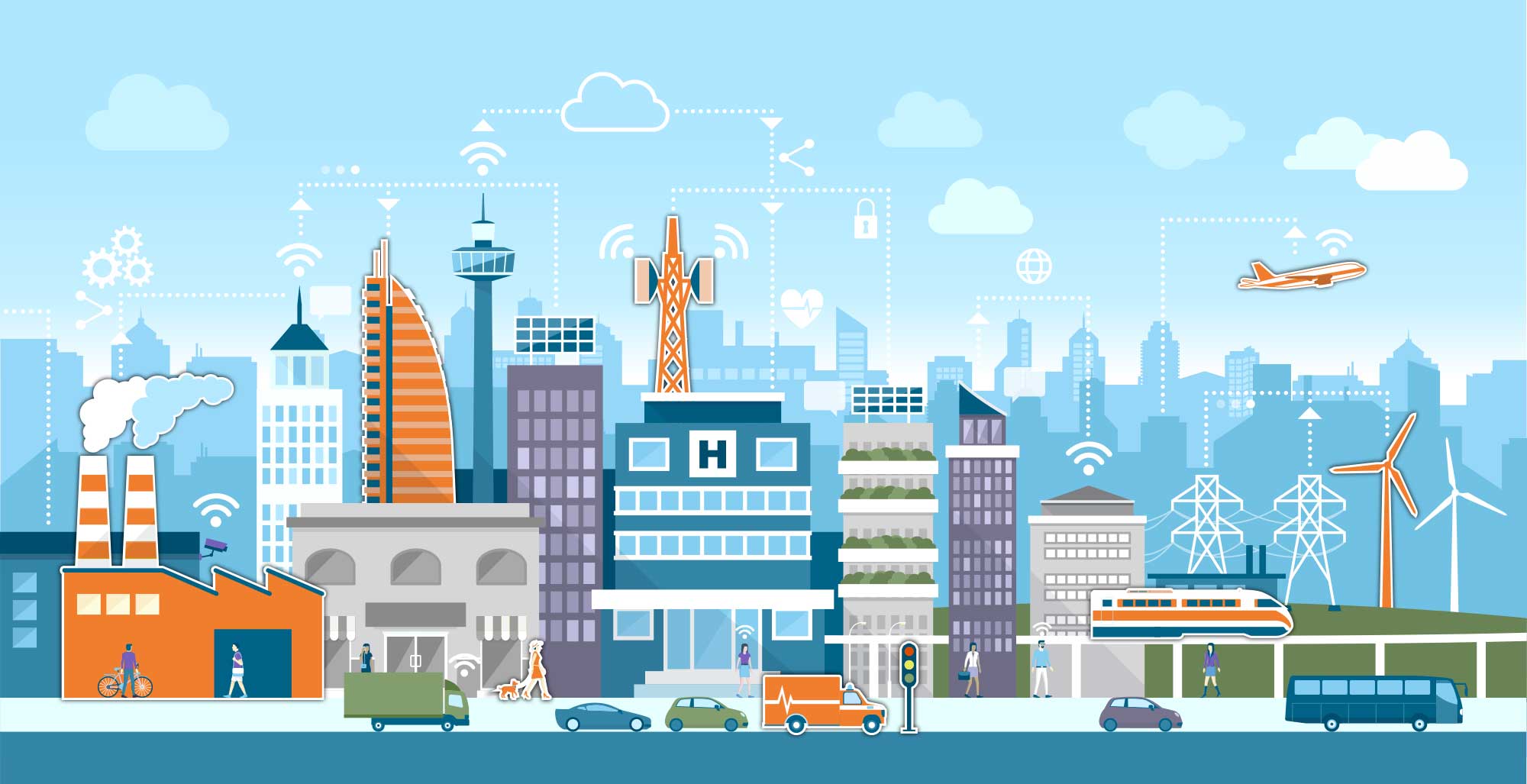
Environmental Sustainability
A greater concentration of metropolitan areas will lead to an increase in the size and scale of pollution. Not all pollution is related to waste; the mass consumption of resources will lead to variable and significant changes in both air quality, and even noise pollution. Scientists will be able to use enhanced sensing and measurement tools enabled by 5G Technology to raise situational awareness for how to implement more sustainable practices. Residents of large cities will be able to track air pollution and avoid areas that pose health concerns.
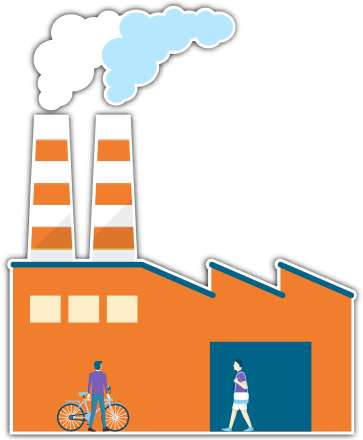

Traffic Management
Urban planning has evolved in such a way that professionals can now implement future proof solutions to solve current problems. One of these innovations has transformed the field of traffic management. Previous attempts to solve congested travel through extending roadways and adding traffic lanes are now being re-engineered. Through the resurgence of public transportation and ridesharing programs, fewer people are electing to own personal cars in cities and instead opt for the automotive on-demand approach. Congestion is further mitigated in suburban areas by the adoption of social networking apps that alert drivers of traffic patterns, road construction and detours with faster travel times. These complementary technologies help resolve the problem of traffic without expanding infrastructure.
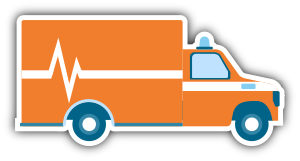

Consumer Experience
In the 5G era, the consumer experience will be fundamentally transformed by user driven applications. Staying connected will allow individuals to enhance their daily experience by receiving new information and critical updates in real-time. Retail applications will open a new vertical in the form of electronic payment to allow users the flexibility to pay for and manage their purchases using a centralized platform. Businesses will be able to connect directly to the consumer to offer location-based discounts, introduce new product offerings, and deliver e-receipts to reduce unnecessary waste. As mobile shopping becomes more prevalent, increased security measures will be implemented throughout the network eco-system to safeguard suspicious activity.


Cellular Backhaul
5th generation wireless technology is set to connect the world at faster speeds and expand coverage, ultimately servicing more users than ever. Residents of large cities will join the network via multiple Massive MIMO antennas to experience performance nearly 10x the current network offering. 5G trials have already been launched in select cities worldwide. Internally, Liberty Port has began designing 5G solutions which will be geared toward users interacting in the programmable world via smart apps and automated sensors. Our SMARTCity, program will allow for telecom operators and automated systems providers to implement and test 5G solutions within their network before full scale deployment.


Mobile Telecom Operator
In a 5G Connected World the mobile telecommunications operator will need to reinvent their business model to meet the growing demands of customers. Historic market verticals such as voice and data will now need robust application platforms and content delivery vehicles to help customers optimize their interaction with the world around them. Some experts suggest that mobile carriers will begin offering non-traditional services such a energy and public utility management as the previously independent networks will now be intertwined.


Railway Technology
Due to the widespread success of GSM-R technology throughout Europe, railway operators and highway systems will soon be integrating the next vertical of high-speed railway communication known as LTE-R. This new installment in railway technology will allow for the expansion of mission-critical service requirements as well as enhanced user experience for passengers. An overall reduction in latency will allow for improved on-board security monitoring. Business customers will be able to conduct real time video conferencing with increased network speed while leisure passengers can enjoy a wide range of entertainment options delivered in the form of higher bandwidth.


Renewable Energy
Smart Grid transformation using The Internet of Things (IoT) will allow utility companies to enhance their service efficiency while reducing the overall cost to customers. Renewable energy technologies now feature “machine-to-machine” learning capabilities that perform intermittent diagnostic testing to identify performance issues or network outages. Previous network outages that required on-site troubleshooting can be handled remotely or with minimal support from homeowners. As these technologies progress, service providers will have additional visibility into their grid operations to optimize electricity generation. Likewise, consumers will have transparency of their power consumption to mitigate unnecessary usage and implement eco-friendly countermeasures.


Aviation Unplugged
Inflight connectivity for aviation passengers is only one of the many enhancements that will be available using 5G technologies designed for the aerospace industry. Sensors installed in cargo planes will help monitor temperature-controlled goods to ensure that perishable items meet health and food safety standards. Passengers will be able to use the enhanced connectivity to research information about their destination, receive notifications on gate changes, and fly in comfort knowing their baggage was loaded on the correct aircraft. At Liberty Port, we are exploring methodologies to best utilize the aircraft as a beacon to rapidly deploy communications to areas with little infrastructure, while enhancing the overall user experience while flying.


Energy Efficiency
Lighting Utility companies can now manage lighting schedules for municipalities using a wide range of technical data such as weather conditions, sunrise/sunset calculations, and overall brightness of city streets. This allows city managers to provide a safer environment for pedestrians and help reduce overall strain on the power grid. During severe weather, a GIS based management system can insure steady lighting during rainstorms regardless of the pre-determined settings. Solutions such as these reveal the importance of interconnecting previously analog-based public utilities with a more advanced telecommunications supported grid.


Traffic Management
Urban planning has evolved in such a way that professionals can now implement future proof solutions to solve current problems. One of these innovations has transformed the field of traffic management. Previous attempts to solve congested travel through extending roadways and adding traffic lanes are now being re-engineered. Through the resurgence of public transportation and ridesharing programs, fewer people are electing to own personal cars in cities and instead opt for the automotive on-demand approach. Congestion is further mitigated in suburban areas by the adoption of social networking apps that alert drivers of traffic patterns, road construction and detours with faster travel times. These complementary technologies help resolve the problem of traffic without expanding infrastructure.

Environmental Sustainability
A greater concentration of metropolitan areas will lead to an increase in the size and scale of pollution. Not all pollution is related to waste; the mass consumption of resources will lead to variable and significant changes in both air quality, and even noise pollution. Scientists will be able to use enhanced sensing and measurement tools enabled by 5G Technology to raise situational awareness for how to implement more sustainable practices. Residents of large cities will be able to track air pollution and avoid areas that pose health concerns.

Consumer Experience
In the 5G era, the consumer experience will be fundamentally transformed by user driven applications. Staying connected will allow individuals to enhance their daily experience by receiving new information and critical updates in real-time. Retail applications will open a new vertical in the form of electronic payment to allow users the flexibility to pay for and manage their purchases using a centralized platform. Businesses will be able to connect directly to the consumer to offer location-based discounts, introduce new product offerings, and deliver e-receipts to reduce unnecessary waste. As mobile shopping becomes more prevalent, increased security measures will be implemented throughout the network eco-system to safeguard suspicious activity.

Cellular Backhaul
5th generation wireless technology is set to connect the world at faster speeds and expand coverage, ultimately servicing more users than ever. Residents of large cities will join the network via multiple Massive MIMO antennas to experience performance nearly 10x the current network offering. 5G trials have already been launched in select cities worldwide. Internally, Liberty Port has begun designing 5G solutions which will be geared toward users interacting in the programmable world via smart apps and automated sensors. Our SMARTCity, program will allow for telecom operators and automated systems providers to implement and test 5G solutions within their network before full scale deployment.

Renewable Energy
Smart Grid transformation using The Internet of Things (IoT) will allow utility companies to enhance their service efficiency while reducing the overall cost to customers. Renewable energy technologies now feature “machine-to-machine” learning capabilities that perform intermittent diagnostic testing to identify performance issues or network outages. Previous network outages that required on-site troubleshooting can be handled remotely or with minimal support from homeowners. As these technologies progress, service providers will have additional visibility into their grid operations to optimize electricity generation. Likewise, consumers will have transparency of their power consumption to mitigate unnecessary usage and implement eco-friendly countermeasures.

Railway Technology
Due to the widespread success of GSM-R technology throughout Europe, railway operators and highway systems will soon be integrating the next vertical of high-speed railway communication known as LTE-R. This new installment in railway technology will allow for the expansion of mission-critical service requirements as well as enhanced user experience for passengers. An overall reduction in latency will allow for improved on-board security monitoring. Business customers will be able to conduct real time video conferencing with increased network speed while leisure passengers can enjoy a wide range of entertainment options delivered in the form of higher bandwidth.

Mobile Telecom Operator
In a 5G Connected World the mobile telecommunications operator will need to reinvent their business model to meet the growing demands of customers. Historic market verticals such as voice and data will now need robust application platforms and content delivery vehicles to help customers optimize their interaction with the world around them. Some experts suggest that mobile carriers will begin offering non-traditional services such as energy and public utility management as the previously independent networks will now be intertwined.

Aviation Unplugged
Inflight connectivity for aviation passengers is only one of the many enhancements that will be available using 5G technologies designed for the aerospace industry. Sensors installed in cargo planes will help monitor temperature-controlled goods to ensure that perishable items meet health and food safety standards. Passengers will be able to use the enhanced connectivity to research information about their destination, receive notifications on gate changes, and fly in comfort knowing their baggage was loaded on the correct aircraft. At Liberty Port, we are exploring methodologies to best utilize the aircraft as a beacon to rapidly deploy communications to areas with little infrastructure, while enhancing the overall user experience while flying.

Energy Efficiency
Utility companies can now manage lighting schedules for municipalities using a wide range of technical data such as weather conditions, sunrise/sunset calculations, and overall brightness of city streets. This allows city managers to provide a safer environment for pedestrians and help reduce overall strain on the power grid. During severe weather, a GIS based management system can insure steady lighting during rainstorms regardless of the pre-determined settings. Solutions such as these reveal the importance of interconnecting previously analog-based public utilities with a more advanced telecommunications supported grid.
5G Production Facility
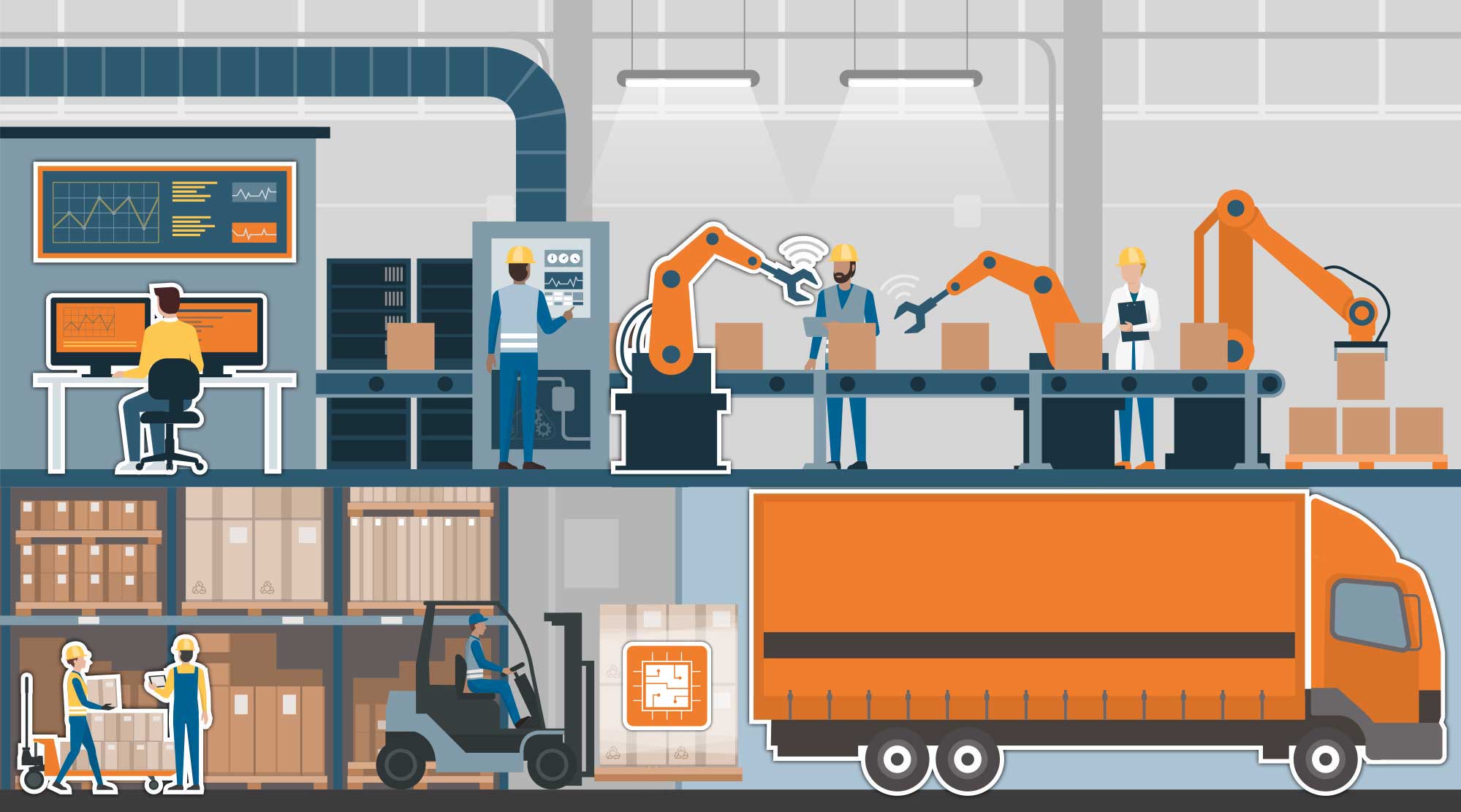
SCADA
Supervisory Control and Data Acquisition (SCADA) is a software system that gathers data from multiple industrial devices over a wide scale implementation system, giving Industrial Control Supervisors a centralized platform to interoperate all systems remotely. Cloud-based solutions will further help reduce the cost of infrastructure by streamlining maintenance procedures and reducing deployment schedules. Virtual mapping of PLC’s deployed in the system, allow administrators to compile enhanced data collection which can be applied throughout the IoT ecosystem.

Machine to Machine(M2M):
This technology enables communication between various platforms using telemetry as a way of helping automated systems become more efficient in their production. As these machines collaborate, manufacturing processes can help improve employee safety. In cutting edge production facilities, legacy platforms have been replaced by IP based technologies throughout. Our portfolio of M2M Offerings allows us to evaluate the legacy platforms in use and formulate a seamless upgrade strategy for future integration.

Data Analytics:
Big Data is driving innovation for how systematic processes are organized, adapted, and implemented throughout the supply chain. Robotic assistance in the form of Artificial Intelligence can simulate problematic areas within the supply chain while offering data driven solutions for how the system can be modified to embrace consumer demand. When implemented properly, ICS Analytics can accurately predict how manufacturing can be scaled to match active inventory reports and schedule employee shift changes.

Materials Handling:
The handling of materials and the picking of goods for distribution remains the highest cost for corporate logistics centers. New analytic software can be implemented to evaluate the number of shipments and sort routing practices so that materials are zoned based on industry or frequency in which they are ordered. When employees locate goods faster, warehouse managers can focus on shipment reporting to notify the billing department once goods have departed warehouse.

RFID Tracking:
Radio-Frequency Identification (RFID) is the use of radio waves to read and capture information stored on a tag attached to an object. Within the warehouse setting, packages can be located and sorted based on the contents without opening each box individually. In high speed production lines, RFID tags allow operators to monitor goods that are no longer in line of sight or maybe out of reach from traditional barcode scanners.

Fleet Management & Tracking:
Global Positioning and Wireless Transmission over cellular networks help transportation companies communicate delivery schedules in real-time. Daily vehicle reports assist mechanics making repairs before a breakdown occurs. Dispatch personnel can utilize the data from electronically generated shift logs to map out improved routes for drivers, check idle times, and evaluate vehicle performance. Security functionality is improved by allowing for the remote disablement of vehicles with unidentified drivers.
SCADA
Supervisory Control and Data Acquisition (SCADA) is a software system that gathers data from multiple industrial devices over a wide scale implementation system, giving Industrial Control Supervisors a centralized platform to interoperate all systems remotely. Cloud-based solutions will further help reduce the cost of infrastructure by streamlining maintenance procedures and reducing deployment schedules. Virtual mapping of PLC’s deployed in the system, allow administrators to compile enhanced data collection which can be applied throughout the IoT ecosystem.
Data Analytics
Big Data is driving innovation for how systematic processes are organized, adapted, and implemented throughout the supply chain. Robotic assistance in the form of Artificial Intelligence can simulate problematic areas within the supply chain while offering data driven solutions for how the system can be modified to embrace consumer demand. When implemented properly, ICS Analytics can accurately predict how manufacturing can be scaled to match active inventory reports and schedule employee shift changes.
RFID Tracking
Radio-Frequency Identification (RFID) is the use of radio waves to read and capture information stored on a tag attached to an object. Within the warehouse setting, packages can be located and sorted based on the contents without opening each box individually. In high speed production lines, RFID tags allow operators to monitor goods that are no longer in line of sight or maybe out of reach from traditional barcode scanners.
Materials Handling
The handling of materials and the picking of goods for distribution remains the highest cost for corporate logistics centers. New analytic software can be implemented to evaluate the number of shipments and sort routing practices so that materials are zoned based on industry or frequency in which they are ordered. When employees locate goods faster, warehouse managers can focus on shipment reporting to notify the billing department once goods have departed warehouse.
Fleet Management & Tracking
Global Positioning and Wireless Transmission over cellular networks help transportation companies communicate delivery schedules in real-time. Daily vehicle reports assist mechanics making repairs before a breakdown occurs. Dispatch personnel can utilize the data from electronically generated shift logs to map out improved routes for drivers, check idle times, and evaluate vehicle performance. Security functionality is improved by allowing for the remote disablement of vehicles with unidentified drivers.
Machine to Machine (M2M)
This technology enables communication between various platforms using telemetry as a way of helping automated systems become more efficient in their production. As these machines collaborate, manufacturing processes can help improve employee safety. In cutting edge production facilities, legacy platforms have been replaced by IP based technologies throughout. Our portfolio of M2M Offerings allows us to evaluate the legacy platforms in use and formulate a seamless upgrade strategy for future integration.

